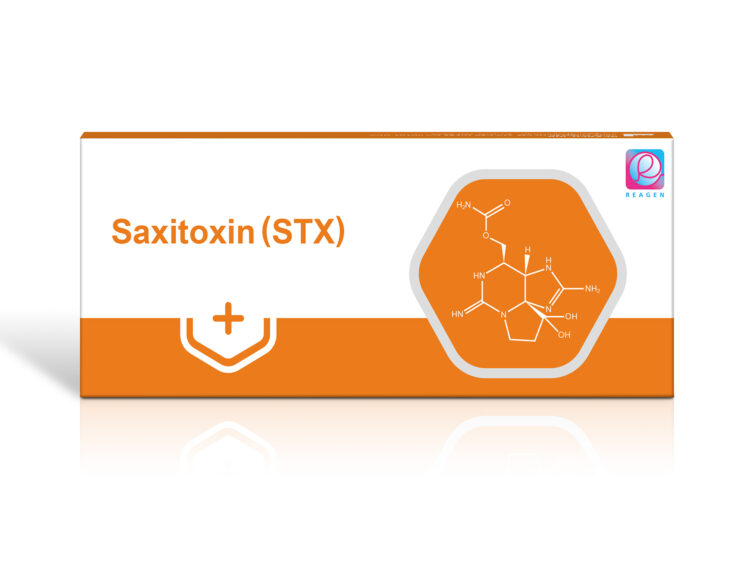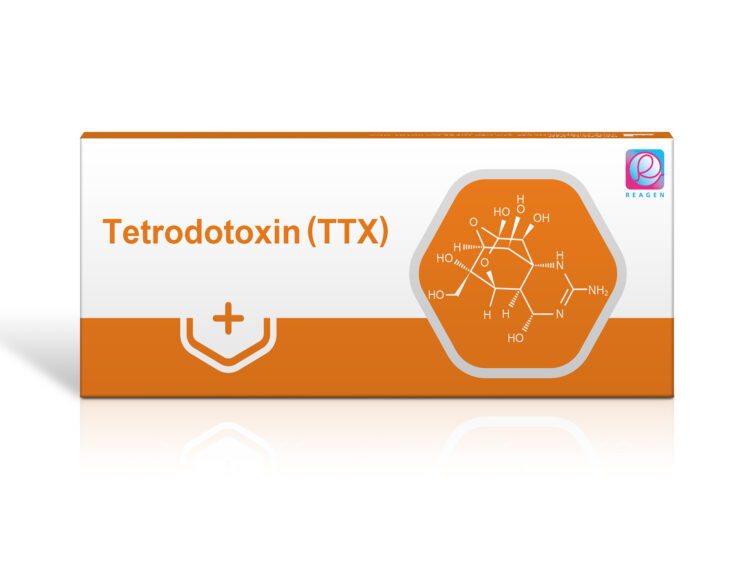Showing all 3 results
-
Conotoxins(CTX)
Drug MaterialConotoxins, a diverse family of small peptides found in the venom of cone snails, have garnered significant attention in various fields due to their highly specific interactions with ion channels and receptors in the nervous system. These interactions make them valuable tools and potential therapeutic agents in a range of applications, including:
1. Pain Management
Conotoxins offer a promising alternative to traditional opioids, particularly in managing chronic and neuropathic pain.
One conotoxin, ω-conotoxin MVIIA (Ziconotide or Prialt®), has already received FDA approval for the treatment of severe, chronic pain in patients unresponsive to other treatments. This conotoxin works by selectively blocking N-type calcium channels in the spinal cord, reducing neurotransmitter release and pain signal transmission.
Research is also exploring α-conotoxin RgIA derivatives, such as RgIA4 (KCP-400), as potential analgesics for neuropathic pain, including that induced by chemotherapy.
Other conotoxins are being investigated as potential treatments for pain related to neck and spinal surgery, offering a safer alternative to opioids with potentially fewer side effects.
2. Neurological Disorders
Conotoxins are potent tools for investigating neuroelectrophysiology, signal transduction, and neural circuits, providing a theoretical foundation for the treatment of neurological disorders.
They have shown significant potential in treating neurodegenerative diseases like Alzheimer’s and Parkinson’s disease by selectively modulating inter-neuronal communication and enhancing synaptic function.
Conantokins, a family of conotoxins, are being studied for their potential in managing epilepsy and protecting against ischemic brain injury (stroke).
Inhibitors of norepinephrine transport, such as analogues of the conotoxin χ-MrIA, are being investigated as potential treatments for attention-deficit hyperactivity disorder and depression. -
Saxitoxin(STX)
Drug MaterialSaxitoxin (STX) are a group of potent neurotoxins produced by certain species of marine dinoflagellates and freshwater cyanobacteria. They are the primary toxins responsible for paralytic shellfish poisoning (PSP). Saxitoxins can accumulate in shellfish and other marine organisms, posing significant health risks to humans and wildlife.
Saxitoxin is more and more important in red tide detection,molecular biology,neurobiology,medical diagnosis,medicine exploitation,food safety and warfare agent application.
-
Tetrodotoxin(TTX)
Drug MaterialTetrodotoxin (TTX) is an amino-perhydroquinazoline compound and one of the most potent neurotoxins found in nature. It selectively and potently blocks sodium channels on excitable neural membranes. TTX is a low-molecular-weight, non-protein neurotoxin, with a toxicity more than 1,250 times greater than that of highly toxic sodium cyanide. A dose of just 0.5 mg can be fatal to humans. Tetrodotoxin causes local irritation in the intestinal tract and, after absorption, rapidly acts on nerve endings and the central nervous system, impairing nerve conduction and leading to paralysis and death. TTX is heat-stable and cannot be destroyed by salting or sun-drying. It decomposes only when heated at high temperatures for more than 30 minutes or under alkaline conditions. Heating at 220°C for 20–60 minutes completely destroys the toxin. The incubation period for TTX poisoning is very short, ranging from as little as 10–30 minutes to up to 3–6 hours. The onset of symptoms is rapid, and without timely treatment, the fastest death can occur within 10 minutes, while the longest may take 4–6 hours.
Tetrodotoxin also has pharmacological value, exhibiting analgesic and local anesthetic effects, as well as anti-cancer properties, making it a therapeutic agent for advanced-stage cancer treatment.






